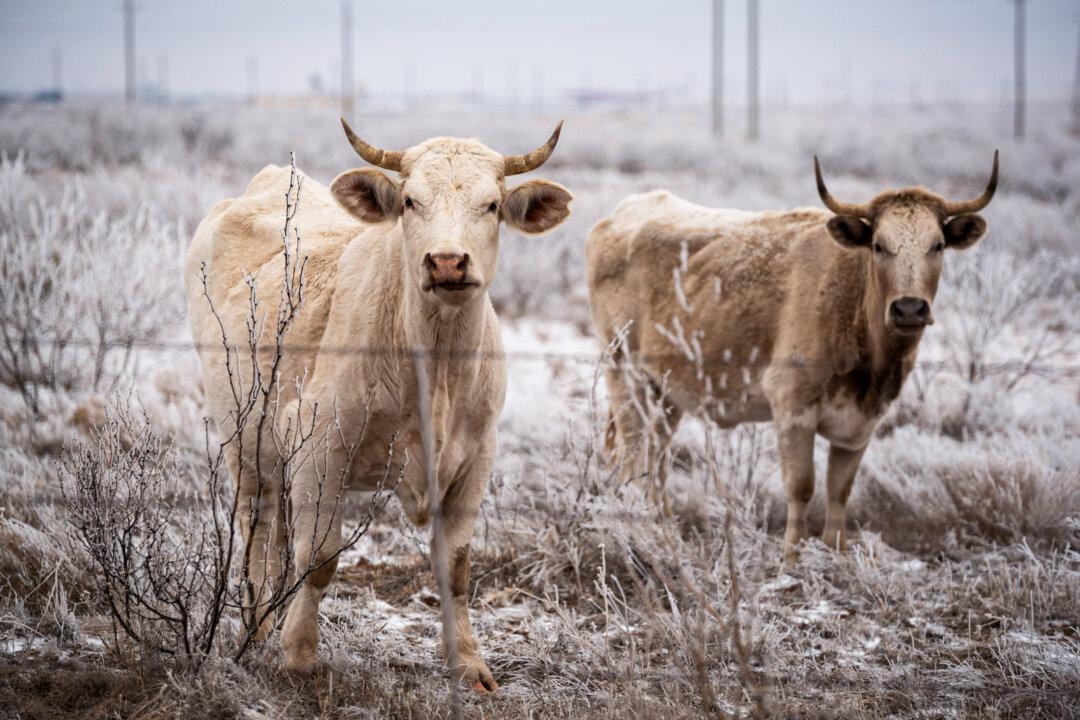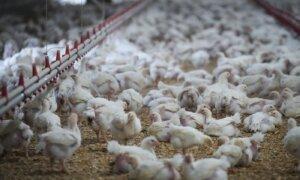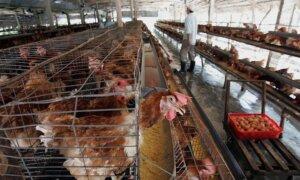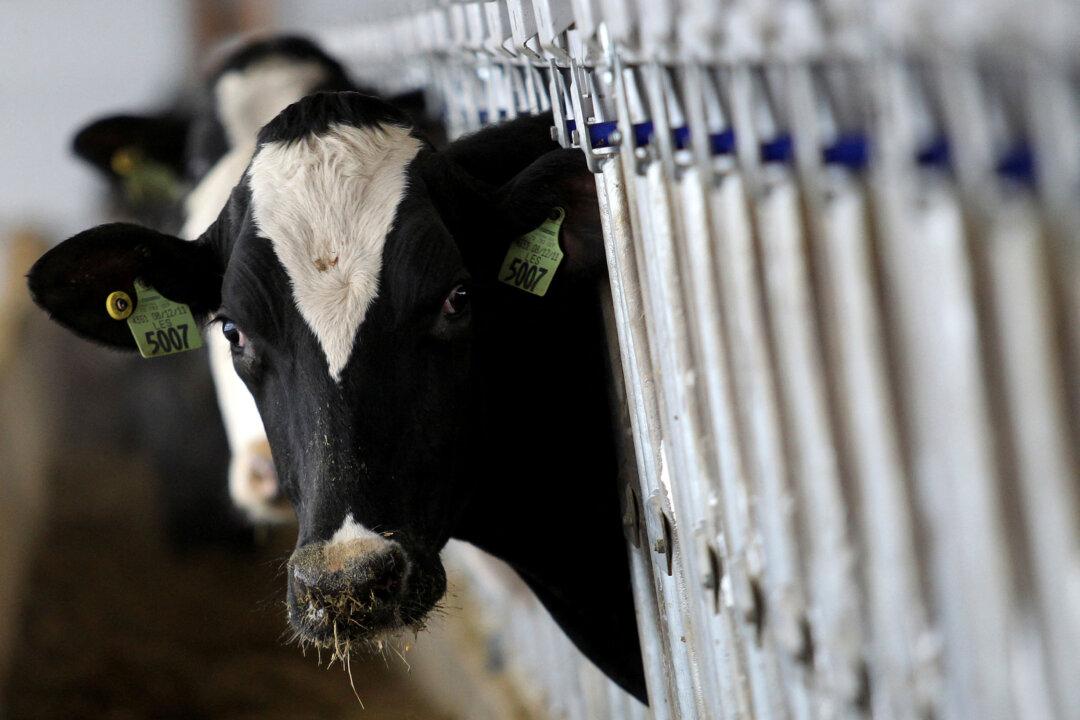Avian influenza has been detected in milk from cows in two states, U.S. officials say.
Samples of milk from cows in Kansas and Texas, exhibiting symptoms such as low appetite, tested positive for highly pathogenic avian influenza (HPAI), the U.S. Department of Agriculture (USDA) said on March 25.
Dead wild birds were found on both farms. The birds likely introduced the influenza onto the farms, according to the agency.
The milk is being “diverted or destroyed so that it does not enter the food supply,” the department said. “At this stage, there is no concern about the safety of the commercial milk supply or that this circumstance poses a risk to consumer health.”
The U.S. Centers for Disease Control and Prevention, and the U.S. Food and Drug Administration, are involved in the investigation. Additional testing is being conducted, as is genome sequencing.
Three dairy farms in Texas, in addition to two in Kansas, have tested positive for the influenza strain, state officials said. Cattle swabbed at one of the farms tested positive for the flu.
“There is no threat to the public and there will be no supply shortages,” Texas Agriculture Commissioner Sid Miller said in a statement. “No contaminated milk is known to have entered the food chain; it has all been dumped. In the rare event that some affected milk enters the food chain, the pasteurization process will kill the virus.”
Cattle with the influenza exhibit symptoms such as fever and thick and discolored milk, the agency said. Farmers recently noticed a sharp decrease in the amount of milk the cows produce. The impacted cattle are estimated to produce up to 40 percent less milk for seven to 10 days.
Poultry with bird flu are usually killed but the affected cattle are expected to recover, Mr. Miller said.
There’s been “little to no associated mortality” among the affected herds, the USDA said.
Kansas officials said that initial testing did not identify changes to the influenza that would indicate mammal-to-mammal transmission, meaning any risk to the public “remains low.”
Rena Carlson, resident of the American Veterinary Medical Association, said that the situation underscores the importance of keeping an eye out for disease.
“A complete evaluation, including the collection and submission of laboratory samples and reporting to state animal health officials when appropriate, and in a timely fashion, are incredibly important,” Ms. Carlson said in a statement.
Cows in New Mexico are displaying symptoms similar to the impacted cows in Texas and Kansas. Samantha Uhrig, New Mexico’s state veterinarian, told The Epoch Times that samples are being collected and tested, but no results are available yet.
Officials in Iowa, a major dairy-producing state, said they are monitoring the situation.
“We are communicating with USDA, other states and industry stakeholders while we learn more and as there are new developments,” Iowa Secretary of Agriculture Mike Naig said in a statement. “Protecting Iowa’s livestock farmers from foreign animal disease has been and will continue to be one of my top priorities as secretary.”
The positive tests came about a week after Minnesota officials announced the first detection of avian influenza in domestic ruminants. Samples from a juvenile goat on the same farm where poultry had already tested positive for the illness also returned positive, authorities said.
“This finding is significant because, while the spring migration is definitely a higher risk transmission period for poultry, it highlights the possibility of the virus infecting other animals on farms with multiple species,” Brian Hoefs, Minnesota’s state veterinarian, said in a statement. “Thankfully, research to-date has shown mammals appear to be dead-end hosts, which means they’re unlikely to spread HPAI further.”







